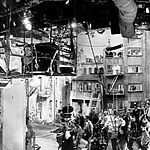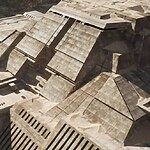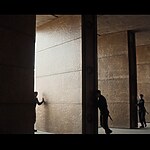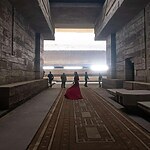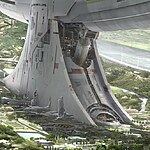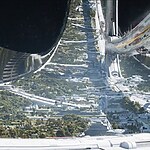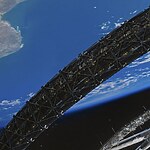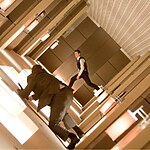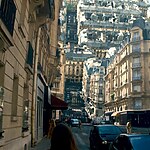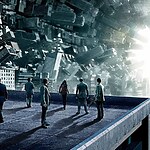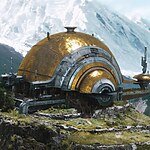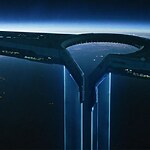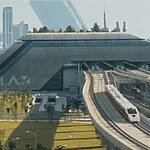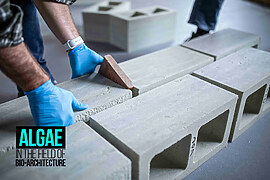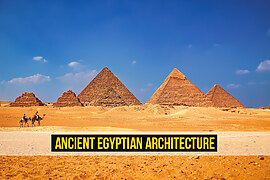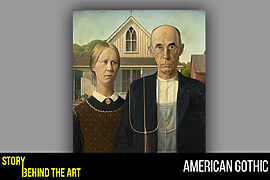Cinema and Architecture
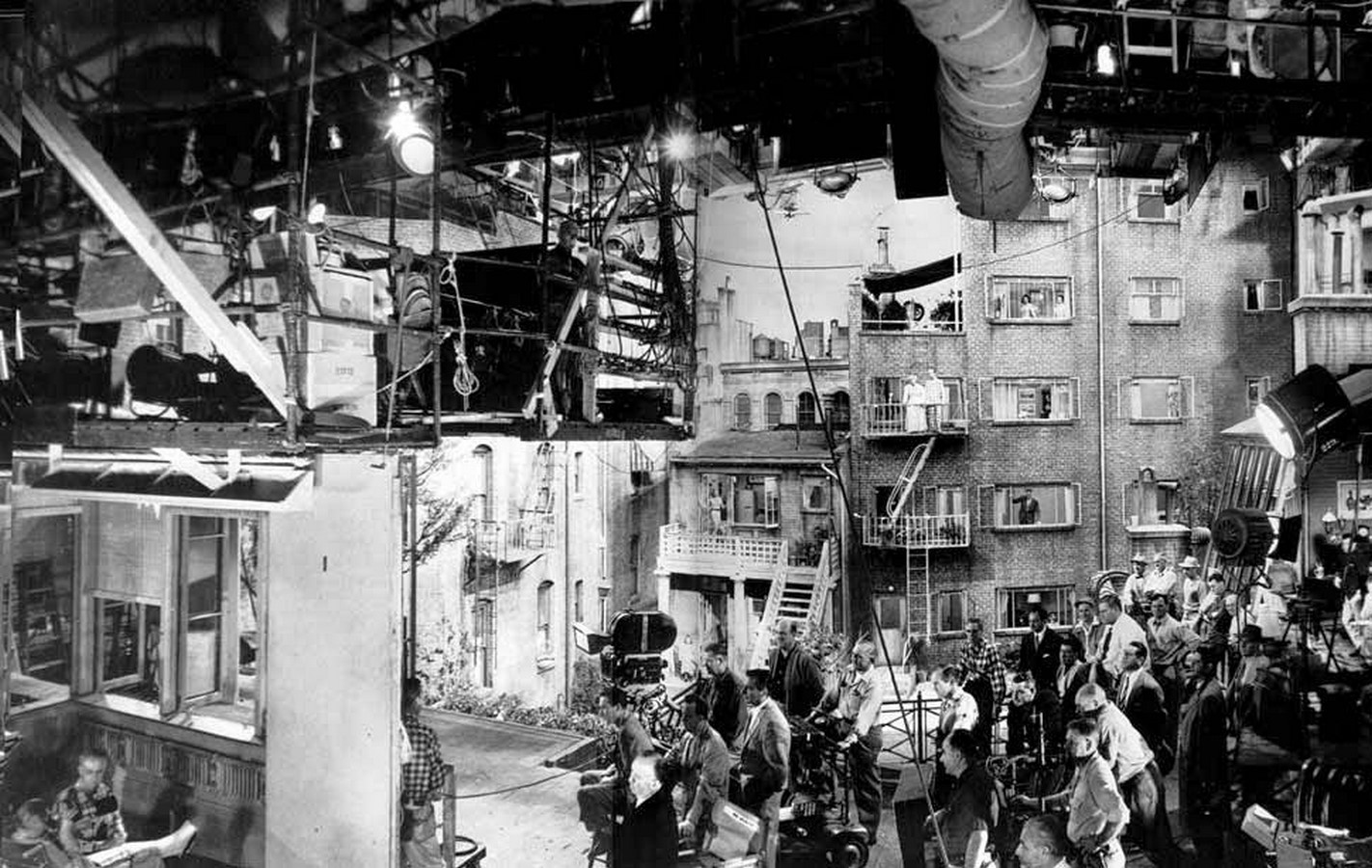
Cinema has often served as a representation of life events, reflecting reality while also shaping it. Cinema and reality have a complex relationship. While cinema breathes life into imagination, architecture plays a vital role in this creative process. It lays the foundation for cinema, sets the scene, and establishes the mood.
In particular, experimental architecture takes centre stage in sci-fi movies providing the canvas for boundless imagination. Audiences are drawn in by these futuristic settings, which also provide a dramatic setting for interesting stories. Indeed, architecture has become an integral part of storytelling in cinema.
Today we delve into some of the greatest movies that feature breathtaking experimental architecture, where the built environment becomes a character of its own.
Dune: Harmony with the Landscape
Based on Frank Herbert’s 1965 book, directed by Denis Villeneuve, the film transports viewers 20,000 years into the future. The film focuses on the rise of a revered leader perceived as a prophet and an extraordinary figure in a universe blending religion and psychic abilities. It delves into the fusion of politics and faith, the allure of extreme beliefs, and the underlying human dynamics at play.
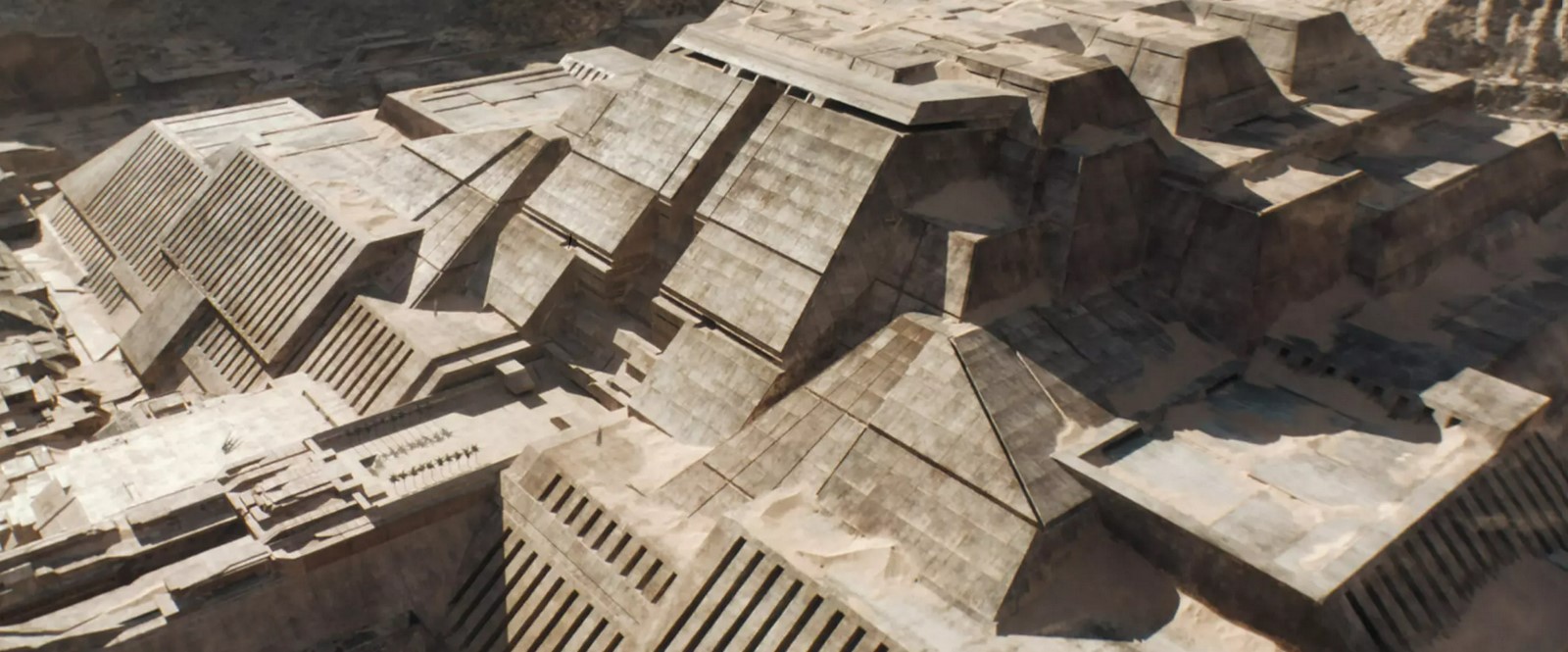
Unlike traditional sci-fi films that heavily rely on special effects, Villeneuve opted for immersive sets. Production designer Patrice Vermette brought this vision to life by creating grand yet unadorned interiors on planets like Caladan, Arrakis, and Giedi Prime.
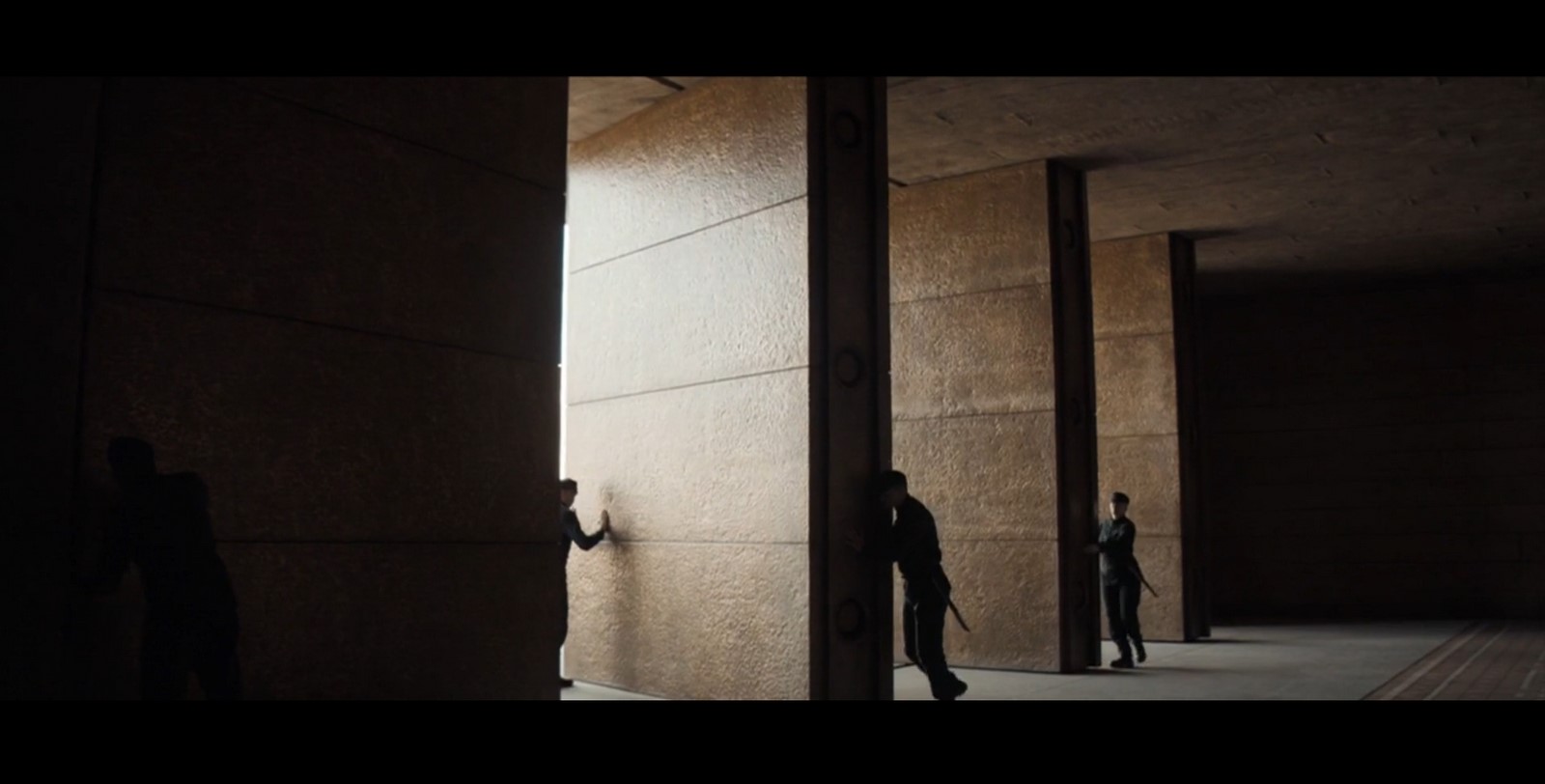
Vermette drew inspiration from the natural environments of each planet. For instance, buildings on Arrakis were designed to be angular to withstand high winds constructed with thick stone, and featured light wells instead of large windows due to the extreme heat. Additionally, the architecture of the Fremen, influenced by modern Arab designs often involved structures carved into mountains to seamlessly blend with the landscape.
Various architectural styles such as Ziggurats, pyramids, and Brazilian architecture played a role in shaping the city of Arrakeen.
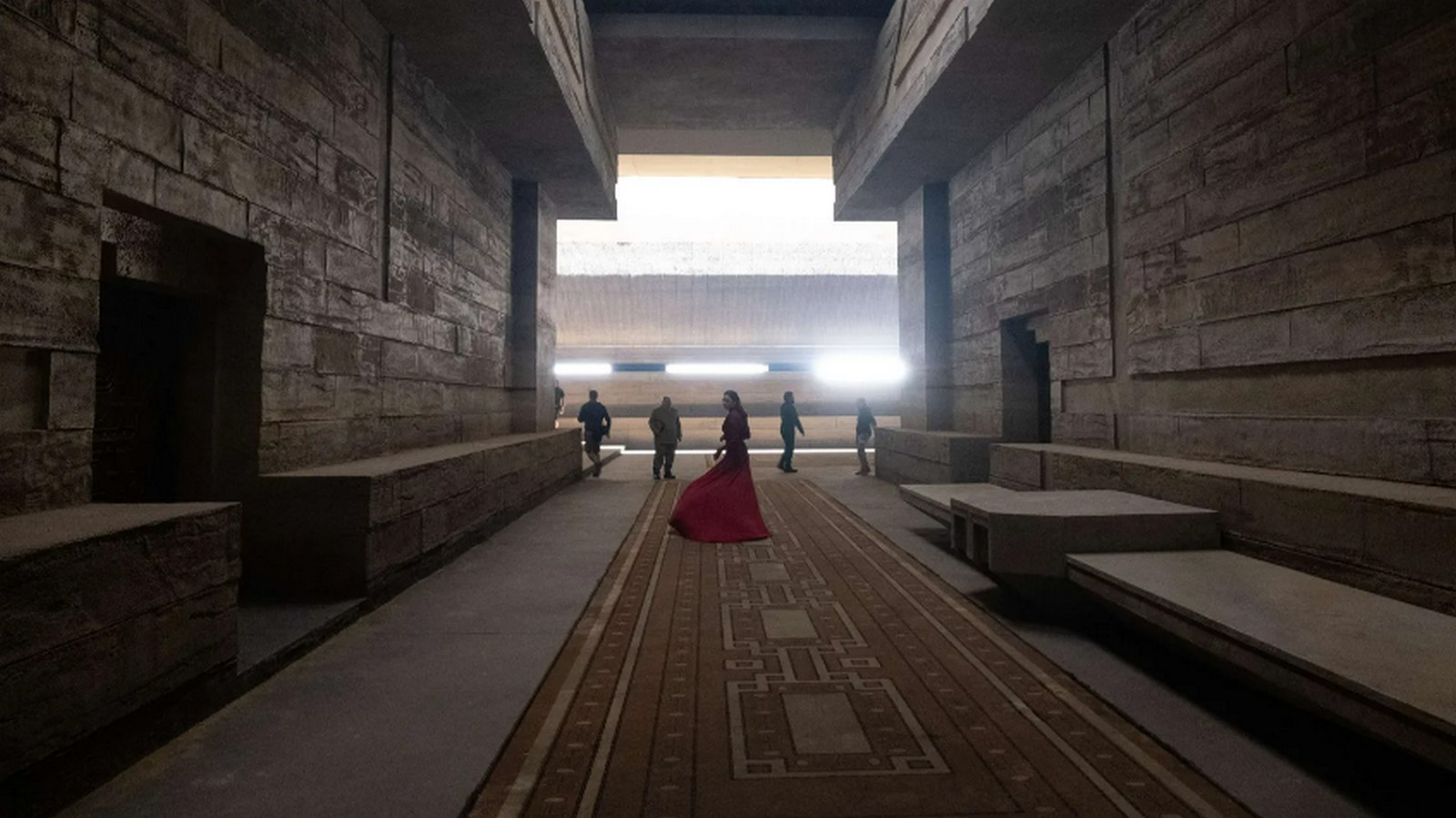
The architectural decisions made in Dune provide the audience with visual cues that aid in differentiating between various factions and locales. Overall, Dune’s architecture goes beyond simple set design to become an essential storytelling component that enhances the story, draws attention to subtle cultural details, and significantly improves the immersive experience.
Elysium: Dystopian future
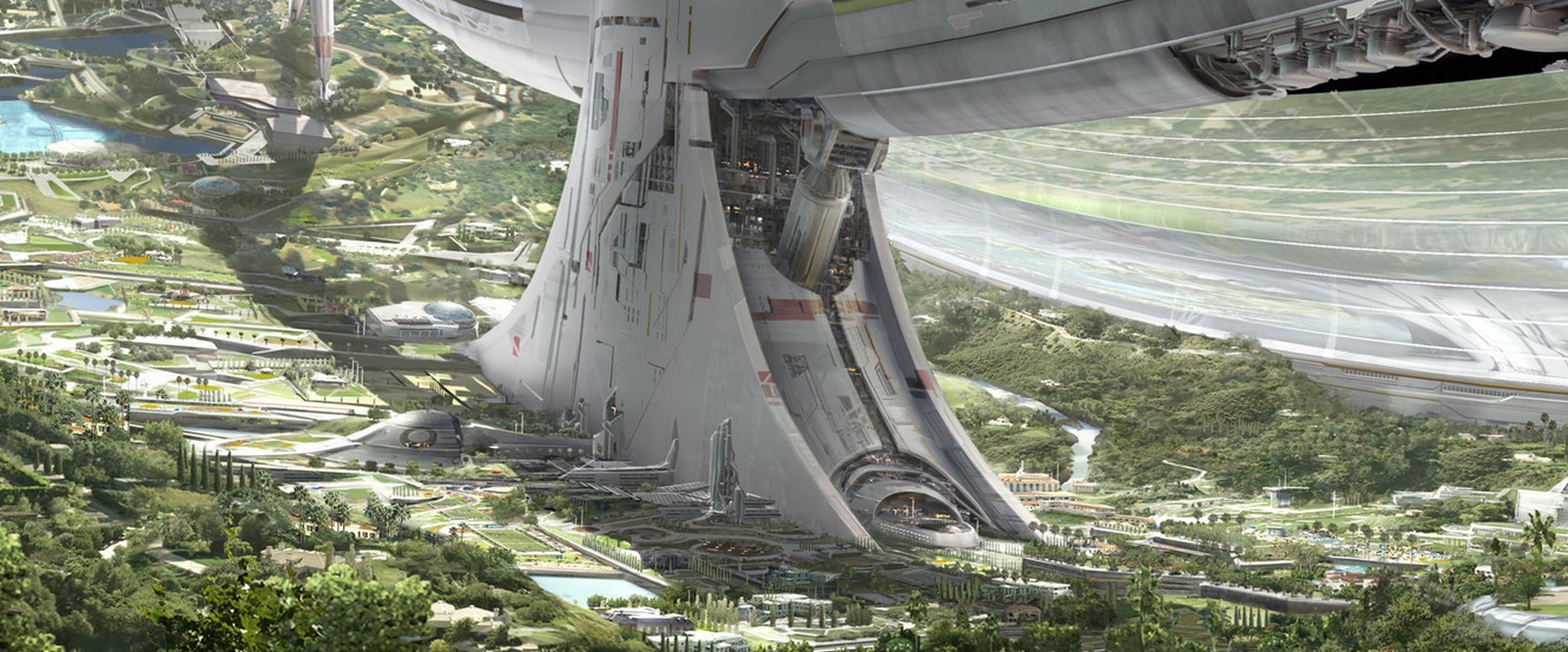
‘Elysium’ by Neill Blomkamp, released in 2013, takes us to the year 2154. It depicts the future of our society as being divided into two; earth and a space station called Elysium. This space station, with its sleek minimalist architecture and advanced technology, caters to the wealthy and elite, while the rest of the population is left on Earth, which is depicted as a wasteland with shantytowns, dilapidated structures, and an overwhelming sense of overpopulation.
The stark difference between Elysium’s design and Earth’s deteriorating buildings serves as a symbol of societal disparities.
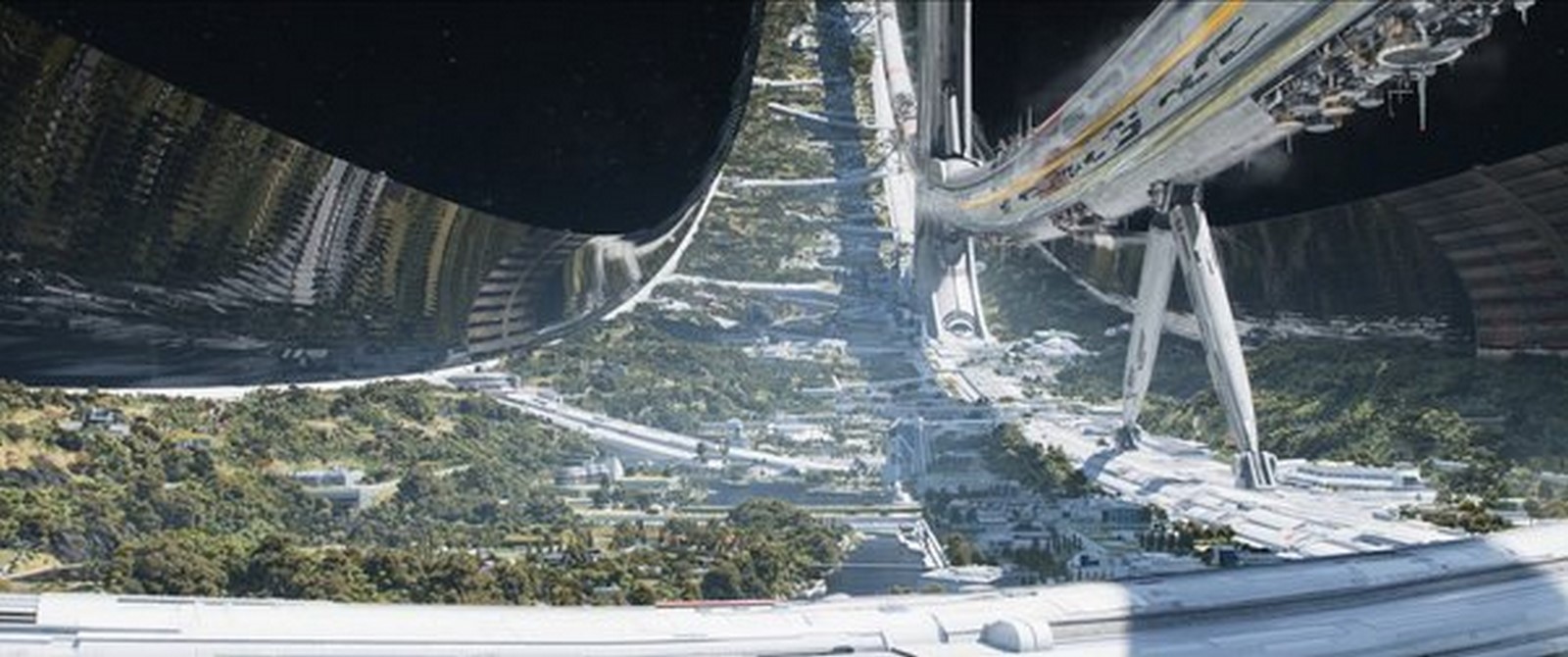
The Earth scenes in the movie depict a grim reality of poverty and scarcity, with temporary shelters and deteriorating buildings highlighting the harsh living conditions. The architecture mirrors that of real-life favelas and cramped living spaces seen in places like Hong Kong.
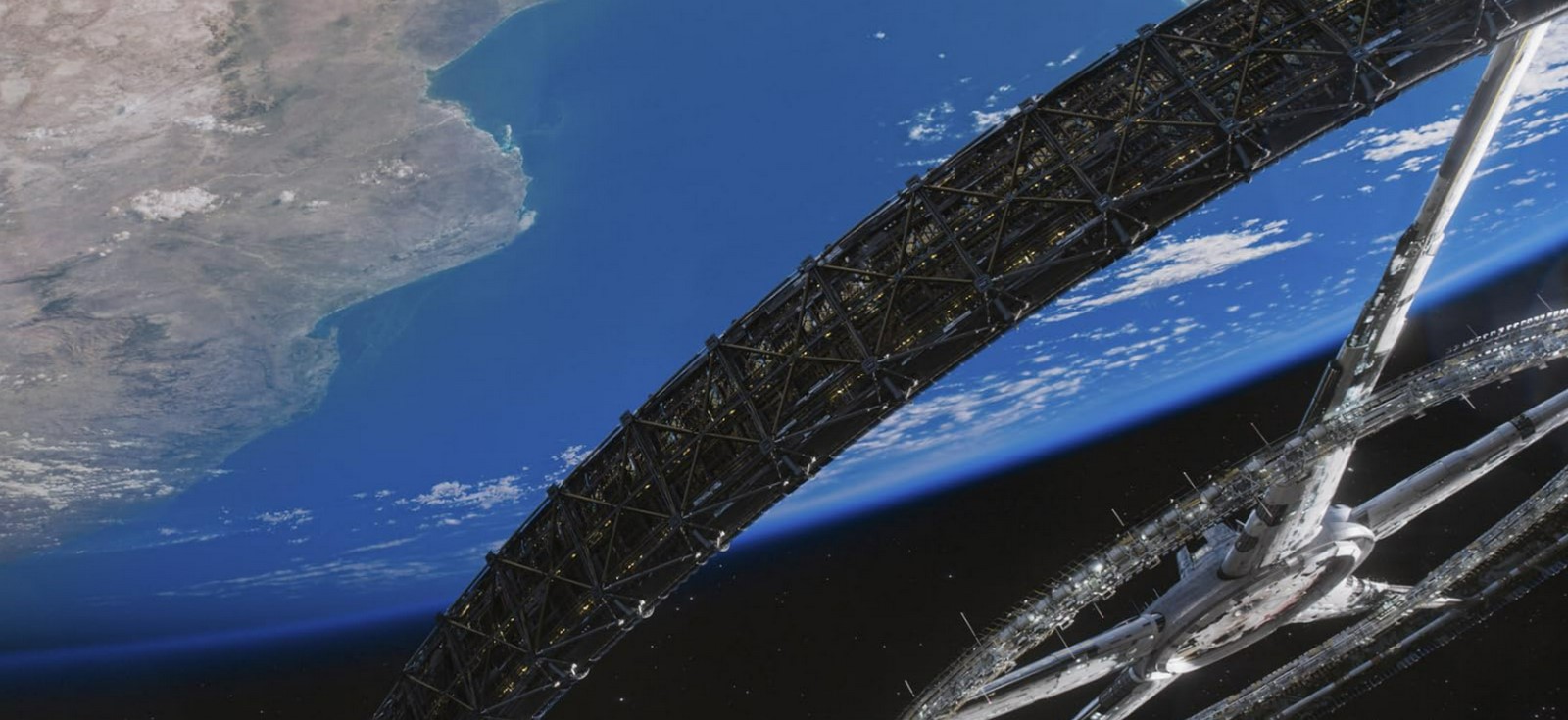
On the other hand, Elysium’s architecture represents a vision of a perfect, high-tech future reserved for the privileged. The space station features futuristic designs, luxury residences, and pristine landscapes, symbolizing exclusivity and wealth. This futuristic architecture explores modern technology, modular construction, transparent materials, and sustainable technologies.
Inception: Paradoxical architecture
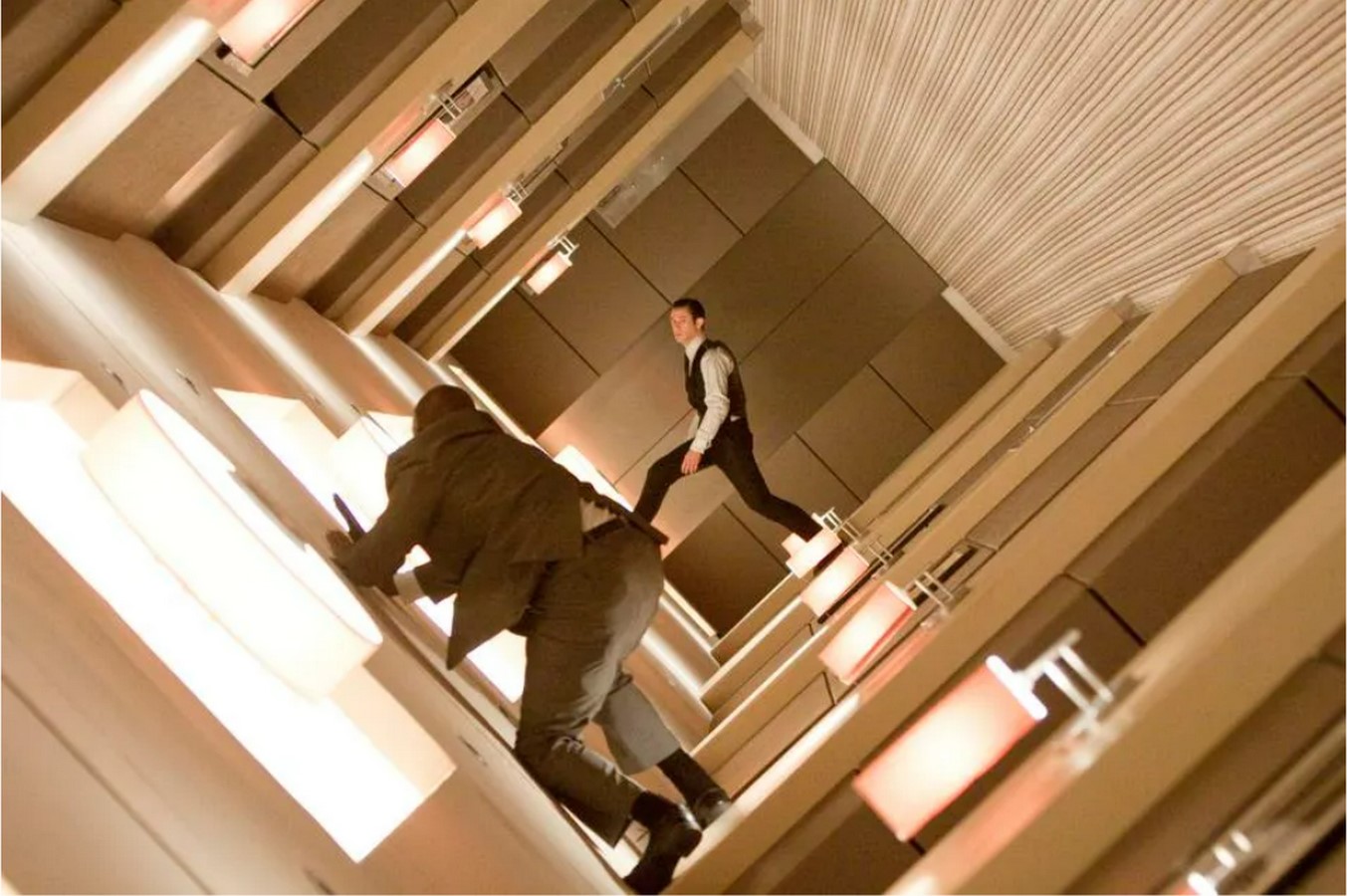
Another captivating film, “Inception,” directed by Christopher Nolan explores the concept of dreams, within dreams and the crucial role architects play in constructing these realms. The central theme revolves around Dom Cobb, a dream architect involved in espionage through planting ideas into peoples minds by manipulating their dreams.
The film introduces the idea of Paradoxical Architecture, where architects design dream spaces without real-world physics constraints, creating paradoxes like endless staircases or cities that bend on top of themselves. Inspired by M.C. Escher’s work, the movie showcases the intricate design of dream levels, emphasizing the architect’s ability to create an infinite world while connecting with the dreamer’s subconscious.
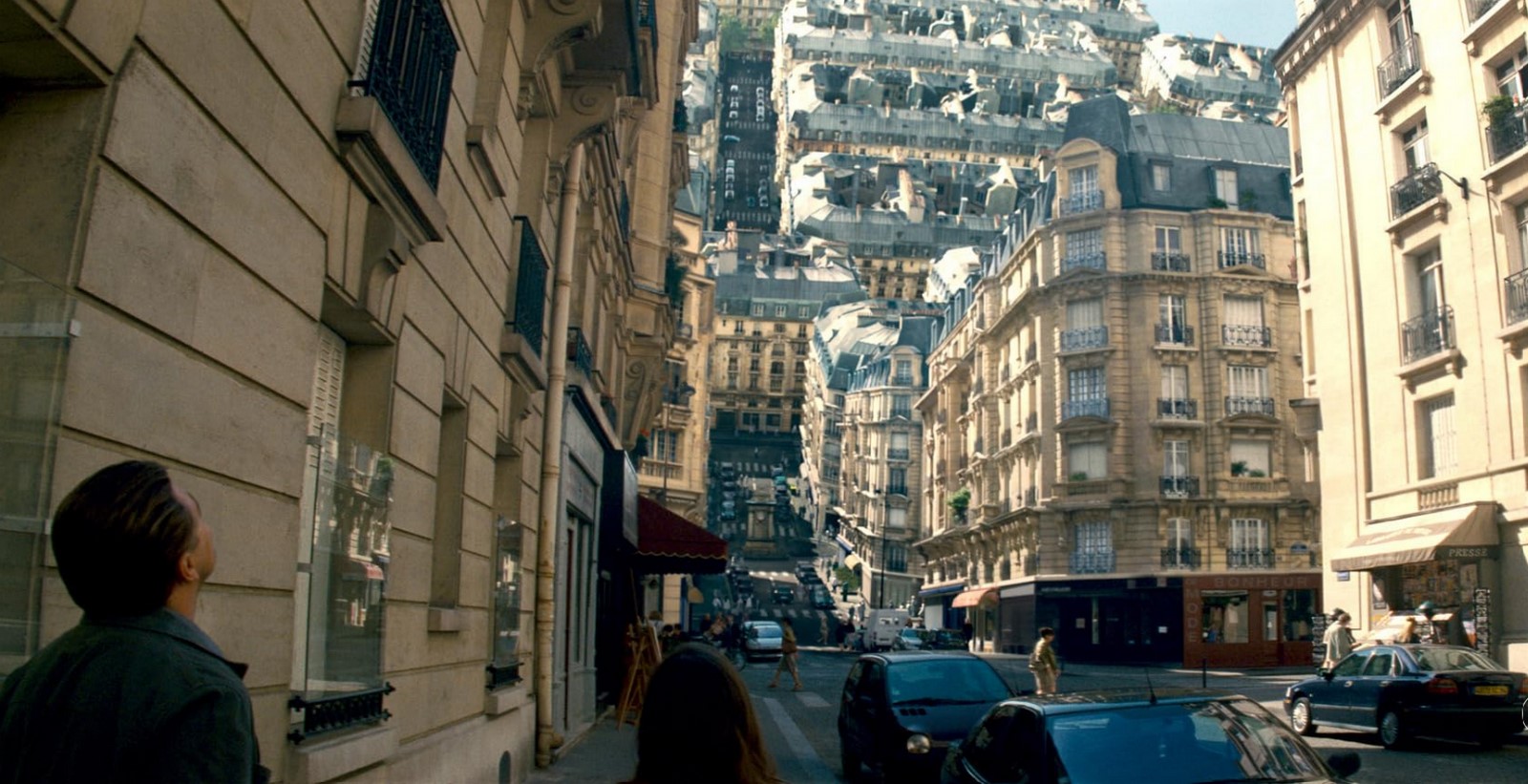
Architecture plays a pivotal role in “Inception,” guiding the narrative and distinguishing between different dream levels with unique environments and color palettes. The labyrinthine designs crafted by the architect, Ariadne, symbolize the boundless possibilities within dreams, challenging conventional spatial limits.
The film’s final level, Limbo City, represents a fusion of architectural styles across decades, reflecting the history of modern architecture. Metaphors like sandcastles, lanterns, and collapsing cities further underscore the theme of creation and ideation within the film.
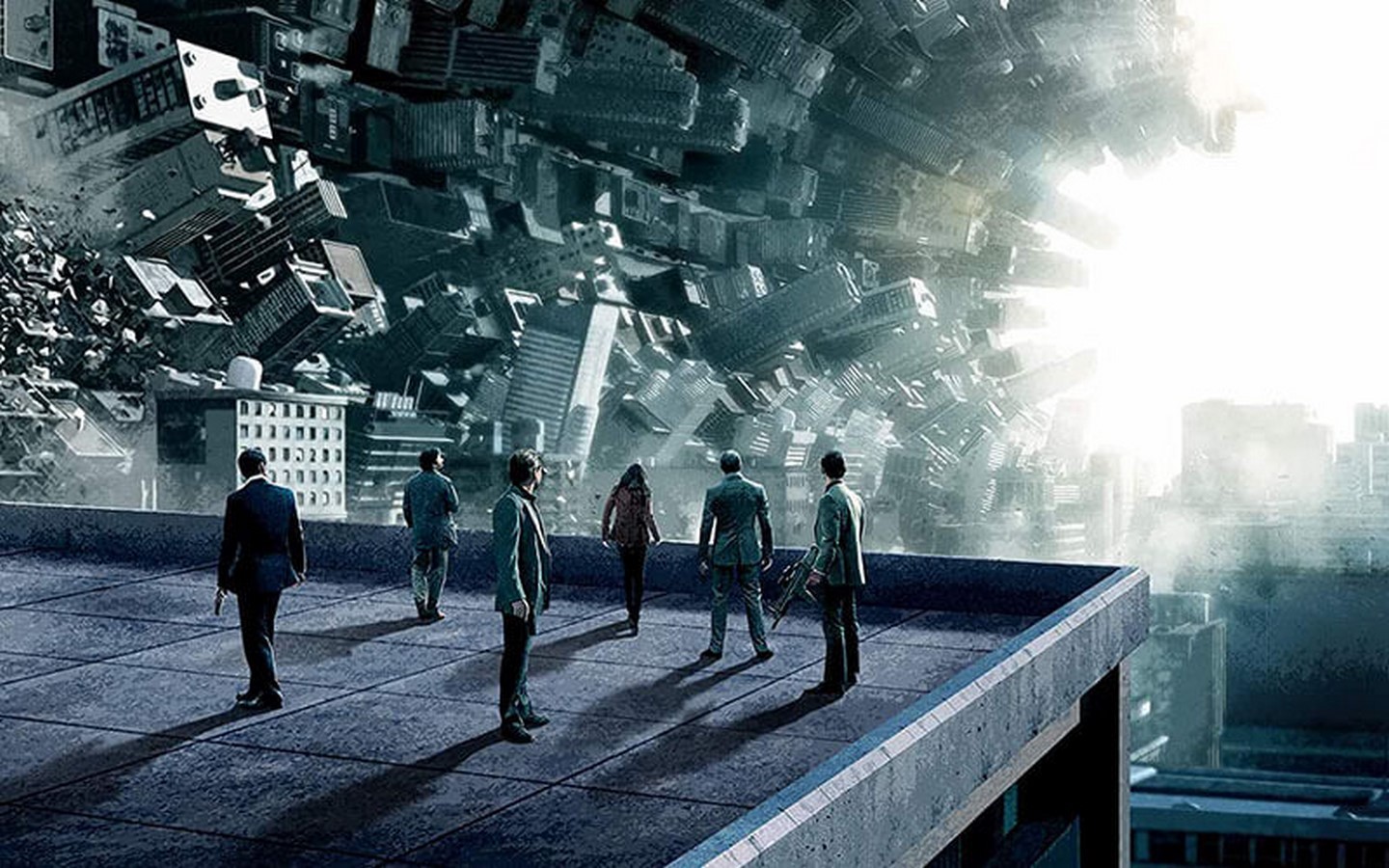
Overall, “Inception” not only entertains but also prompts viewers to contemplate the power of ideas and their transformative impact on physical environments, showcasing the intricate relationship between dreams, architecture, and storytelling.
The Creator: blending diverse themes
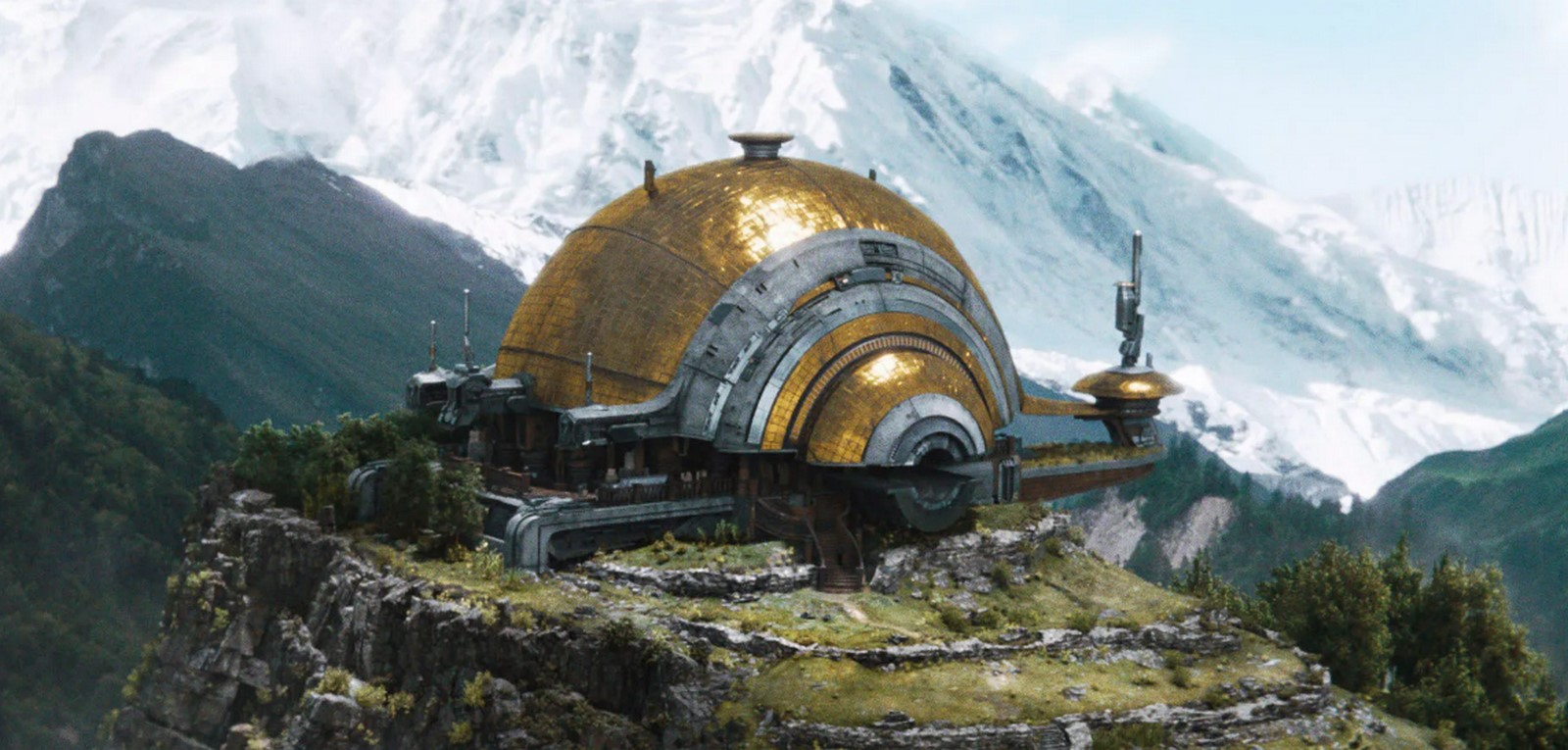
The world-building and narrative experience in The Creator are greatly enhanced by the architecture. Drawing inspiration from sci-fi films like Blade Runner, Star Wars and Akira, the movie creates a stunning setting that feels both familiar and fresh.
A standout feature of the architecture in the film is seen in its cityscapes, which evoke Syd Mead’s style from Blade Runner. The buildings showcase a mix of shapes and a fusion of analogue and futuristic designs, setting an eye-catching stage for the story. The use of intricate details, such as flying cars and bustling city streets, adds depth and realism to urban environments.
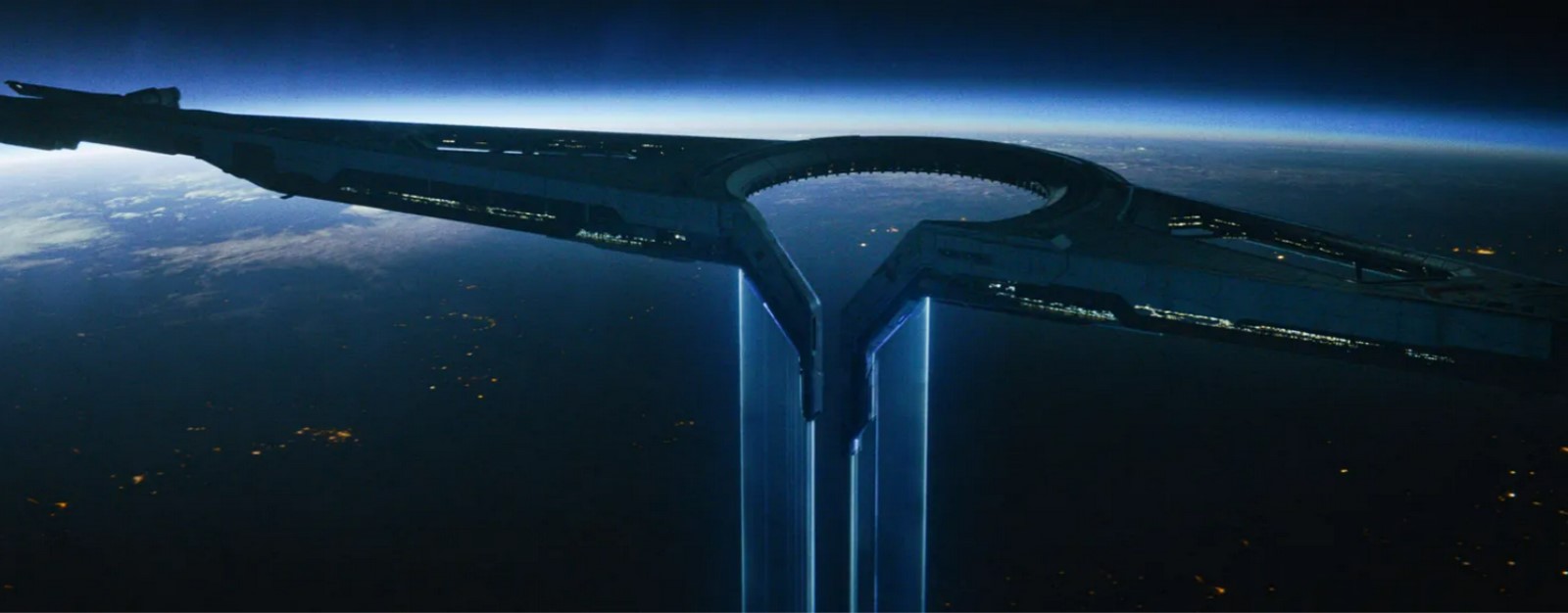
Moreover, the film explores the concept of coexistence between humans and robots as reflected in the architecture that showcases humanoid traits in robotic designs. The robots’ diverse appearances mirror different ethnicities and communities, and add a layer of complexity to the world-building, reminiscent of the diversity seen in “Star Wars.”
Additionally, the film incorporates elements of Japanese animation, particularly “Akira,” in its architectural design. This influence is evident in the depiction of large, spherical containers with ideogram inscriptions hinting at dangerous and enigmatic aspects of the story. The use of panoramic establishing shots with characters positioned strategically adds to the grandeur of the settings, echoing techniques employed in classic sci-fi films like “Star Wars.” These shots provide a sense of scale and orientation, immersing the audience in the vast and immersive world of the film.
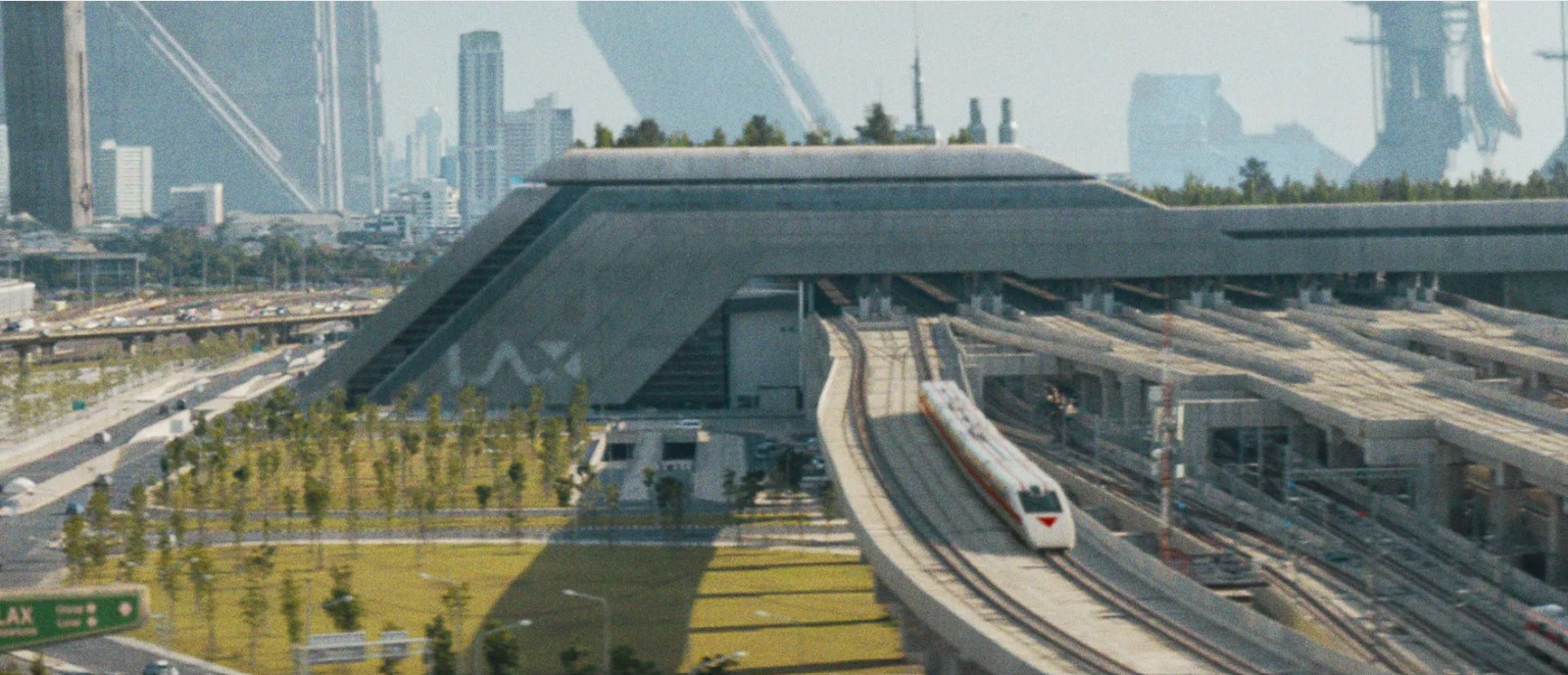
Overall, “The Creator’s” architectural design makes a substantial contribution to the world-building of the movie, constructing a convincing and rich futuristic setting that both enhances the audience’s cinematic experience and harmonises with the story.
Citations:
Nlola, G. (2024) The architecture of Dune, DOMUS. Available at: https://www.domusweb.it/en/architecture/2024/02/28/the-architecture-of-dune.html#:~:text=In%20Dune%2C%20Arrakis%20boasts%20an,resource%20vital%20to%20interstellar%20travel.&text=Patrice%20Vermette%2C%20the%20designer%20and,Ammar%20Khammash%20and%20Sahel%20Alhiyari (Accessed: 17 March 2024).
Portilla, D. (2013) Films & architecture: ‘inception’, ArchDaily. Available at: https://www.archdaily.com/322376/films-architecture-inception (Accessed: 17 March 2024).
Wallace, R. (2021) In Dune, the architecture of the future is all about harmony with the landscape, Architectural Digest India. Available at: https://www.architecturaldigest.in/story/in-dune-the-architecture-of-the-future-is-all-about-harmony-with-the-landscape/ (Accessed: 17 March 2024).
Baratto, R. (2022) How architecture speaks through cinema, ArchDaily. Available at: https://www.archdaily.com/872754/how-architecture-speaks-through-cinema (Accessed: 17 March 2024).
Patil, S. (2023) An architectural review of inception – RTF: Rethinking the future, RTF | Rethinking The Future. Available at: https://www.re-thinkingthefuture.com/rtf-architectural-reviews/a4114-an-architectural-review-of-inception/#google_vignette (Accessed: 17 March 2024).








